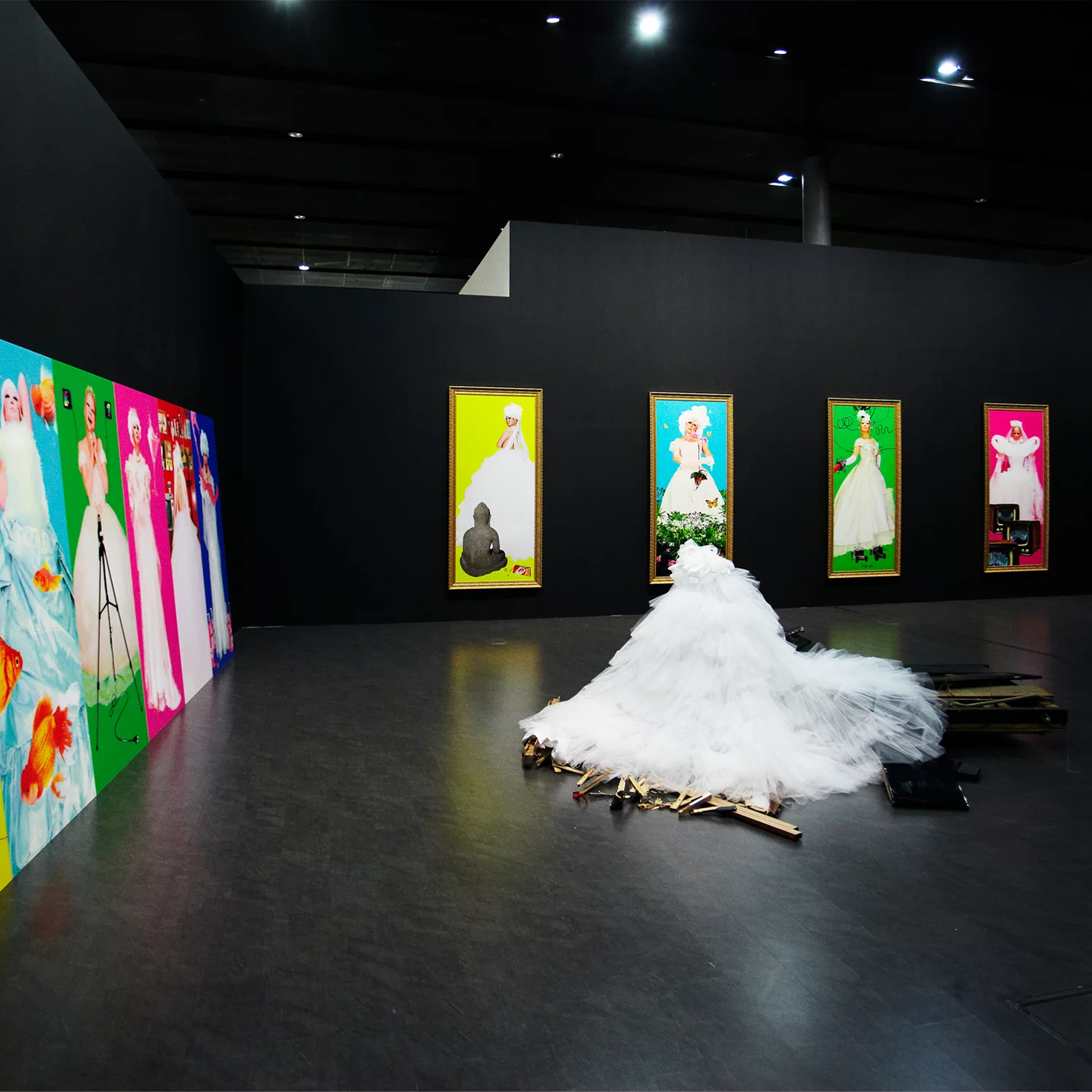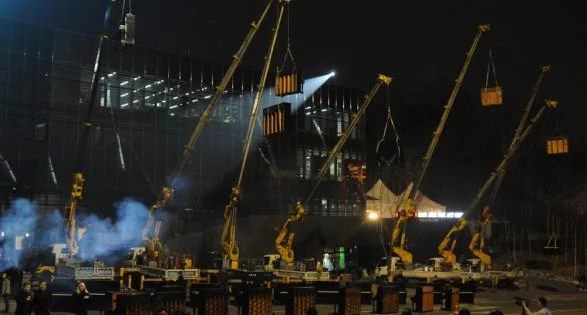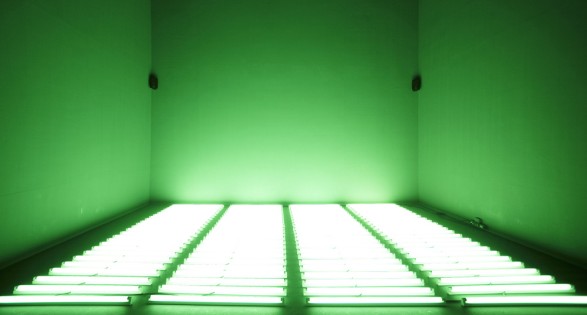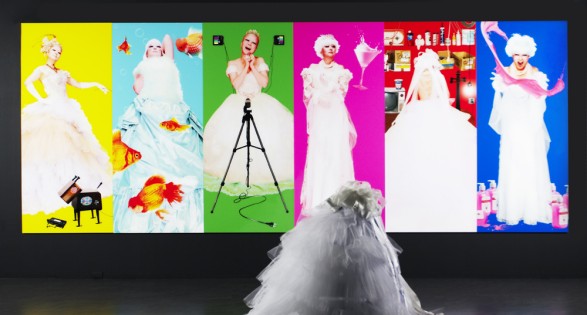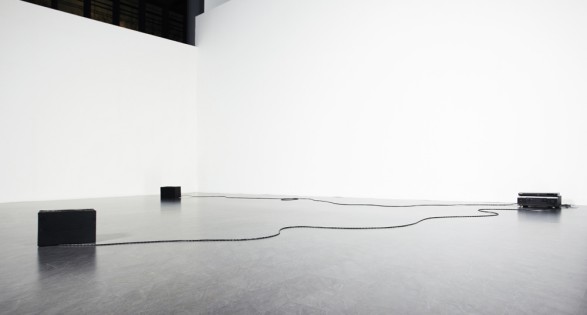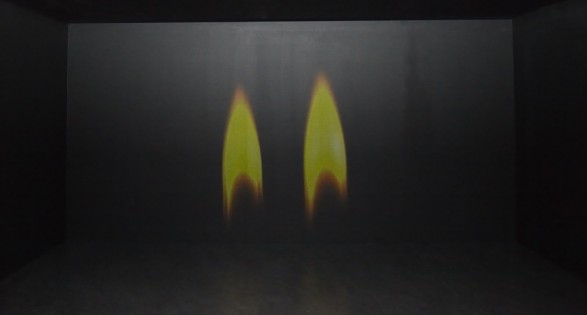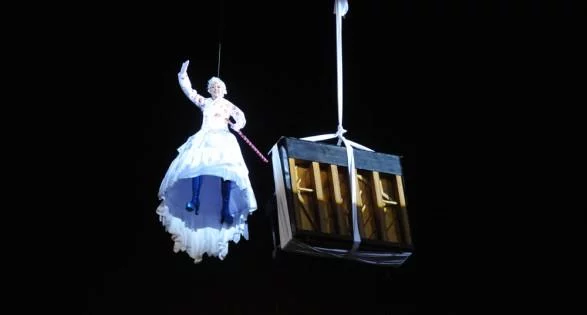To celebrate Name June Paik’s creative and revolutionary spirit, the Name June Paik Art Center initiated the annual Nam June Paik Art Center Prize in 2009.
In 2009 the four winners Eun-me Ahn, Ceal Floyer, Seung-taek Lee and Rober Adrian X were selected by an international and a Korean Jury.
The Name June Paik Art Center is “a house where Nam June Paik’s spirit lives on and is celebrating Paik’s life and art as a bridgehead for generating and nurturing discourses on artistic practice. In line with this mission, the center wants to encourage art and artists that have pursued their activities through a fusion of media and concepts and have operated by refusing certainties in favor of the complex and ambivalent.
The Name June Paik Art Center Prize is dedicated to artists that have produced new artistic languages and discourses. Through this award, the Nam June Paik Art Center is devoted to honoring and introducing creative, innovative and pioneering artists to a wider public. Therefore, it is dedicated to artists who realize Paik’s spirit today; combining different media like technology and art, fusing various artistic genres from music and performance to visual art and searching for new ways of communication and interaction with audience.
About the Exhibition
All four winners this year have produced an amazing and diverse oeuvre in the last years, even decades. They have all been artist’s, producing work that is far outside the box and challenging the given context in inventive and courageous ways. All four artists have conceptually tackled different mediums and thereby created demanding and attractive work that redefine our way of seeing and thinking about art and life.
Artists and Works
1. Ceal Floyer (UK – Born in Pakinstan, currently based in Berlin)
Ceal Floyer, combines everyday materials to play on the interaction between perception and expectation. Her work often translates into minimal multimedia pieces that inquire about the physical and conceptual spaces of art. Floyer combines objects and language/titles in a uniquely pointed way, maximizing the use of reduction to challenge the notion of the object as an art object. Her works play with everyday objects that are, often by way of projection, re-presented in different ways. A slide of a domestic light switch is projected on a wall (Light Switch) or the plug of a drill machine is inserted into two holes in the wall drilled with the same machine(Drill). Floyer’s work may initially seem like a simple one-liner, yet on the second glance it questions our perception of the reception of art and language – as well as challenges the idea of the display of art works in exhibitions.
2. Eun-me Ahn (Korea)
Eun-me Ahn, a dancer and choreographer, juxtaposes traditional Korean dance and customs with colorful contemporary aesthetics. Her work is a compelling combination of music, language and dance grounded in her and her company’s dancers’ movements. Having studied in Korea and New York, Ahn is one of the most outstanding and radical choreographers in Asia invited to perform with her company around the world. Her major pieces draw inspiration from traditional, often well known stories, and transform them into modern day dramas – using a combination of colorful costumes, live modern Korean music and dance-theater.
3. Seung-taek Lee (Korea)
Seung-taek Lee has an innovative and diverse practice that questions established political, social and artistic values through work that pushes the boundaries of art and culture in a highly individual assimilation of cultural discourses associated to modernity. Since the end of the 1950’s Lee has produced sculptures, paintings and environmental works that are highly unique in the Korean context but perfectly fitting into a modern or contemporary art history, constantly questioning and re-inventing his own style and forms. Using materials as diverse as fire, smoke, wind, hair, stones or even money, Lee has continuously extended his practice by critically questioning the status quo. This permanent questioning of the given has produced works that are often ephemeral and have only survived in photographs.
4. Robert Adrian X (Canada, working in Vienna)
Robert Adrian X has been working on installations, music and radio projects, as well as works in public space since 1957. From 1979, he pioneered work in the telecommunication field and was one of the first artists to work with the global electronic networks that preceded the internet. Adrian X’s early installations with surveillance videos as well as projects like his website Art and Politics have shown conceptual potentialities in politicization of contemporary art. In the other works, like his Modern Art series of his self built Seascape boats, Adrian X questions the validity of (post) modern works as well as the value of the art product.





